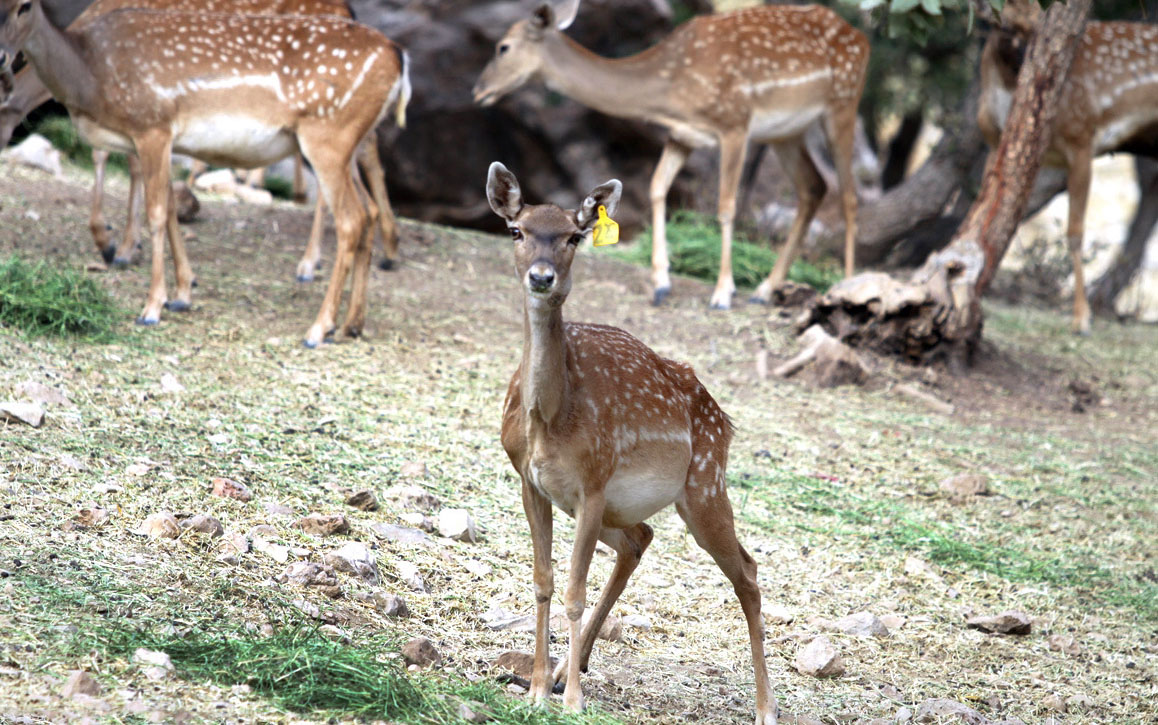The birth of a Persian fallow deer fawn in early April in Fars Province's Miankotal Enclosure is the first for the new Iranian year (started March 21).
The enclosure is located in Arzhan and Parishan Protected Zone, IRIB News reported.
The Persian fallow deer, also known as Mesopotamian fallow deer, is a rare animal listed as an endangered species under the International Union for Conservation of Nature’s Red List since 1986. It was originally distributed across the eastern Mediterranean coasts and western Iran. Up until the 1940s, the animal was thought to be extinct.
Since 1956, when a number of fallow deer were spotted in Khuzestan Province, environmental authorities have been making efforts to preserve the species by undertaking captive breeding and reintroducing the animal to its natural habitat.
However, in 2013, the species was declared extinct in its natural habitat in Iran. Globally, the Persian fallow deer is classified as "endangered" species.
Conservation sites have been prepared in different locations across the country to help restore the population of the threatened deer species.
Today, the animal is only found in Dasht-e-Naz Wildlife Refuge and Semeskandeh Wildlife Refuge in northern Iran, the Ashk and Kaboudan islands in Lake Urmia and Yazd's Baghe Shadi Protected Area, as well as Fars’ Miankotal Enclosure.
The head of the office of the Department of Environment in Yazd Province's Khatam County last month announced plans to release a small population of the deer into the wild for the first time.
"At least 10 billion rials ($266,000) are needed for the project, which will allow us to release the animals during the current and next year," said Mohammad Reza Khodarahmi also told Azad News Agency.
Raising awareness among locals, establishing park ranger stations, recruiting specialized staff and informing country people, especially shepherds, about the presence of rare species are among essential measures to be taken prior to the plan.
The number of animals that will be set free in the wild depends on the deer's health conditions as well as the preparedness of neighboring provinces, including Fars and Kerman, to monitor and protect them.
"If conducted successfully, the project will be the first instance of the reintroduction of the Persian fallow deer to its natural habitat," he said.


